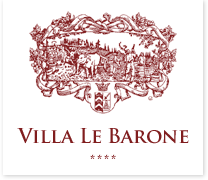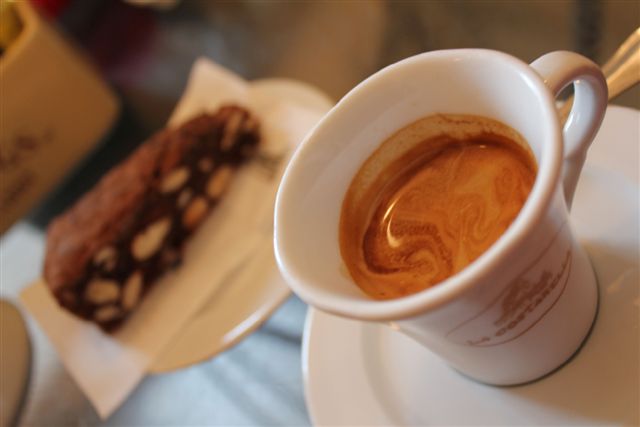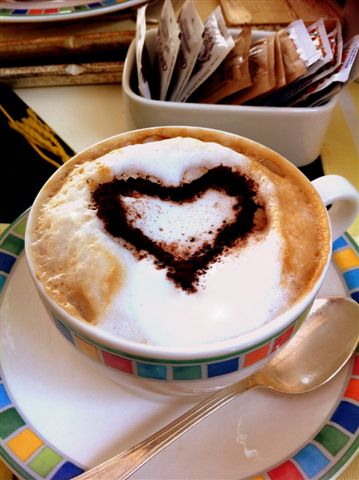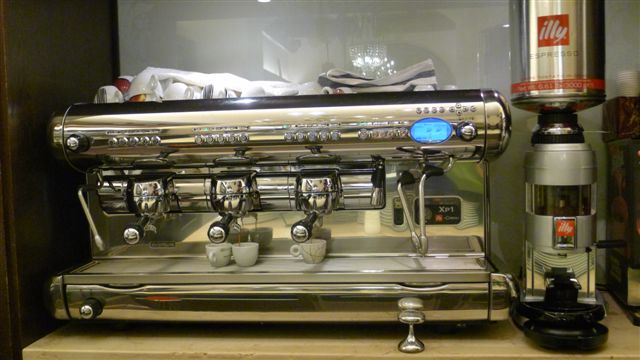Chianti and Tuscany’s Gastronomy and wines are famous, but Coffee is also an important element of Italian lifestyle and deserves a special mention. Every traveler in Italy must discover the “espresso”, the epitome of coffee, which can be prepared in many ways!
There are many legends about the origin of coffee: a shepherd of Abyssinia (now Ethiopia) in the 8th century had observed that his goats became full of life and agitated after eating the red berries of a shrub. Monks to whom he had told this story would have then discovered the properties of coffee beans and prepared the first beverage called “qawah” (which means strength and vitality); as a consequence they could then extend the time during which they could pray.
Coffee cultivation first spread in neighboring Yemen and Saudi. Coffee is not known outside of Africa until the 15th century. Venice was the first city in Europe to receive in 1615 a shipment of green coffee from Cairo. Penetration of coffee in Europe was afterwards quite slow. Coffee was considered a luxury item, but this drink was “democratized ” with the opening of many so-called “coffee shops” in major European cities, including in Italy. They were places for discussion, meetings, reading. In Paris, for example, in 1686 an Italian named Francesco Procopio Dei Coltelli opened the first place to sell coffee and ice creams named ” Le Procope ” where Voltaire, Rousseau and Diderot and afterwards revolutionaries like Robespierre and Danton, were meeting regularly (Le Procope still exists today). In America, coffee arrives in 1668: annoyed by heavy taxes on tea, Bostonians decided to boycott British goods and to replace tea with coffee in their eating habits.
While its use is growing, coffee is subject to many controversies because of its stimulating properties on human body. For example, in Europe, Italian priests were saying that coffee «comes from the devil”, trying to have it banned by Pope Clement VIII. However, after enjoying a cup, the Pope seems to have liked coffee and told “the aroma of coffee is a far too pleasant thing to be the work of the devil”.
Coffee is a drink that not only brings caffeine, whose properties are well known, in particular bringing increased alertness and decreased fatigue. But it also brings a number of important vitamins and minerals. For example, a coffee cup provides 80 mg of potassium. In addition, coffee contains more than 800 aromatic compounds and, like wine, its quality is determined by the nature of soil, climate, altitude of the region where it has grown…
Today coffee is drunk all over the world and demand for this commodity is second only to petroleum products!
It is difficult to say why coffee has become an integral part of Italian culture and why this is considered one of the best in the world. Perhaps because the tradition of roasting is still alive in Italy (in the square of Greve in Chianti, there is also a store that you can visit that does its own roasting). Perhaps it is also because the “caffè espresso ” was born in Turin in 1884 following the invention by Angelo Moriondo of the espresso machine.
In every Italian bar you will find a gleaming coffee machine and almost always, the ” barista ” (barman) is a real expert in setting it according to various parameters (humidity, outside temperature..) . You can find one of the best “barista” in cafe ” Giacosa ” , via della Spada, very close to our apartment in Florence.
There, you can taste all kinds of coffee required by customers who flock to the bar:
- Caffé Espresso: made with 100% Arabica, the grain deemed most “noble”. It is dark brown in color and is topped with golden foam. It is marked by a strong and persistent taste. It is served in a small cup in thick porcelain to keep its warmth. It can also be served in a glass.
- Caffè Doppio (double): double espresso in a small cup for espresso.
- Caffè doppio in tazza grande: double espresso in a large cup.
- Caffe Ristretto (reduced): espresso with even less water content.
- Caffè Lungo (long): an espresso, but the cup is almost completely filled.
- Caffé Macchiato: espresso with a little milk foam.
- Caffè con panna (cream coffee): espresso with whipped cream on top.
- Caffè Freddo (cold coffee): Espresso with ice, sugar, all mixed in a shaker.
- Americano: coffee very diluted.
- Cappuccino: espresso in a large cup filled with foam mounted steamed milk
Beware! An “espresso” does not mean “done fast”. In fact this name comes from the Italian “espresso” which means “pressed out “. This is a coffee obtained by fast percolation under high pressure to retain its flavor and limit the amount of diluted caffeine.
Like wines, coffees have their vintages and you can taste coffees as you taste wines.
So come in Tuscany and Chianti, in our Florence apartment or at Villa le Barone , and enjoy its cuisine, its wines and its coffees !



